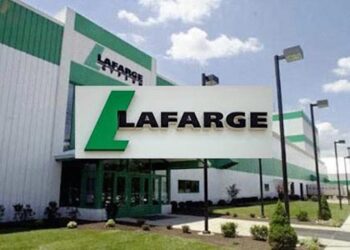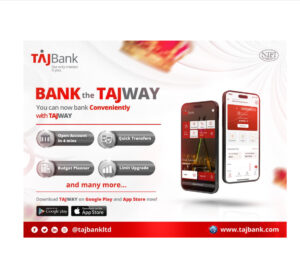Lafarge Africa Plc, a unit of LafargecHolcim Group – one of the biggest building and concrete solutions companies in the world, has had a pretty long run in the construction sector. With projected growth in urbanization and inevitable population expansion, the leading producer of building materials and construction solutions has its stake in the huge Nigerian housing market. The company had served customers in Nigeria and South Africa (now discontinued) for decades, their customer base cutting across individuals requiring small building projects to major construction and infrastructure projects. All of these do well to place the company as an active participant in the economic growth of Africa.
Yet, so much has plagued the company in the past few years, curtailing its success with avoidable losses and below-par profits. While it, no doubt, has a series of challenges to worry about – like most organizations – three of its biggest Achilles’ heels had been its failing South African operations, its incessant changes in its corporate leadership, and of course, the one pandemic threatening to rip the global economy to shreds – COVID-19.
Lafarge South Africa
The company’s experience with its South African subsidiary gives credence to the phrase, “If anything is not serving you well, cut it off.” After years of dragging the African cement-maker down, the subsidiary was eventually spun off in July last year – not before it incurred a final loss of N3.2 billion in the first quarter of 2019. It was only after, when Lafarge restated its accounts by adjusting figures from the discontinued operations from its books, that the company set off on a positive growth trajectory.
Following the sale of Lafarge South Africa Holdings (LSAH) in Q3, there was a remarkable improvement in gross and operating margins, clearly showing that the sale of LSAH was valued accretive to shareholders. For one, the total debt reduced drastically. Short term loans and long term loans also had a drop of 79% and 75% respectively in comparison with the first quarter of last year. Other financial assets increased significantly from N1.7 billion in 2019 to N4.8 billion in Q1 2020. Also resulting from the sale was the increase in EPS from Q1 2019 of 0.36 to Q1 2020 of 0.93.
(READ MORE: Analysis: Total Nigeria needs a financial overhaul)
Khaled El Dokani, CCEO of Lafarge Africa had stated, “Our turnaround and cost-reduction strategy in FY 2019 and the divestment of the South African business, have delivered strong results. The decrease in net debt has significantly strengthened our balance sheet and has placed us in a vantage position to face the future.”

Its Changing Leadership
In 2018 alone, the firm appointed four directors in the space of three months. 9 months ago, in September, former CFO of Lafarge Africa Plc., Bruno Bayet, resigned. Just a month later, the board had announced the appointment of Lolu Alade Akinyemi as the new CFO. Next, the group CEO, Michel Puchercos, also resigned leaving Khaled Abdelaziz El Dokani in charge. Even amidst the challenges of 2020, Jean-Philippe Benard resigned from being a Non-Executive Director in January 2020 and by April, the retirement of two Non-Executive Directors was announced, as well as the appointment of three new directors. The high turnover of its leadership means one (or both) of two things. The first is the possibility that there could be more than meets the eyes within the company and the second is the truth that the newer leadership will need time to adjust to the company’s operations before the wins.
COVID-19
Just when things started looking up, COVID-19 came with all its challenges and it didn’t help that the first carrier of the virus – an Italian man, had been visiting Lafarge Africa’s factory in Ogun State. The loss in the demand for cement with the stalled construction activities will pose an additional challenge for the organization. In the performance summary released alongside the financials, the company had noted that the pandemic “will adversely affect the company’s results in Q2, 2020.” This is also coupled with the burgeoning competitive landscape with bigger brands like BUA and Dangote owning larger market shares.
While the company seems to be moving in the right direction, it might take a while for things to pick up. At its current price of N11.65 juxtaposed with its indicative dividend yield of 8.58%, the company could serve as an easy buy capable of yielding dividend income while investors wait patiently and hopefully for its wins to come.




















